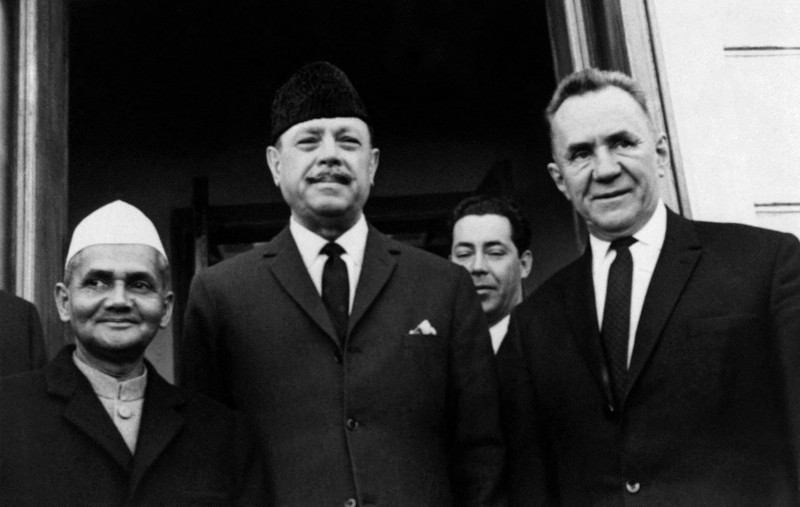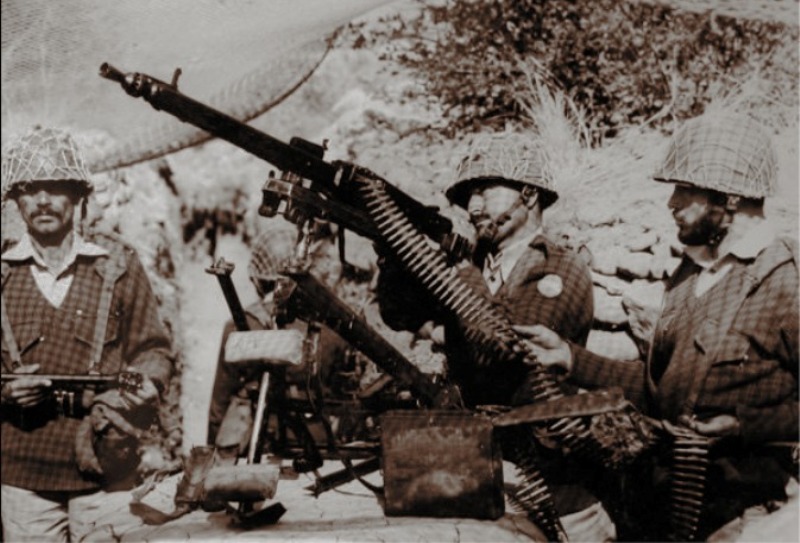Sixty years have passed since the September 1965 war between Pakistan and India, the second full-scale war between the two nations. Since then, they have fought three more conflicts, leaving the subcontinent in a state of near-constant tension.
Most people remember the war only as India’s surprise attack on Lahore on the night of September 6, 1965, an assault that Pakistani forces repelled. Yet, the roots of the conflict run deeper, shaped by complex diplomatic shifts, Cold War pressures, and repeated missed opportunities for peace.
A Brief Period of Optimism
In the early 1960s, relations between Pakistan and India showed signs of improvement. President Ayub Khan appeared eager to foster cooperation. Both countries finalized significant agreements, including the historic Indus Waters Treaty and accords demarcating sections of their borders.
Read: What is Indus Waters Treaty?
This wave of diplomacy sparked hope that even the long-standing Kashmir dispute could find resolution. But by 1964, optimism began to fade, and events took a dramatic turn toward hostility.
Strategic Alliances and Shifting Loyalties
According to historian Dr. Sarfaraz Mirza, Pakistan’s Foreign Minister Manzur Qadir revealed in 1959 that he had discussed a joint defense arrangement with U.S. President Dwight D. Eisenhower. This proposal aligned with President Ayub Khan’s earlier decision to allow the United States to establish military bases in Pakistan.
China, however, viewed this alignment with suspicion. Beijing openly warned Islamabad that the bases would serve anti-China operations. The warning deepened the sense of strategic risk for Pakistan.
Historian Farhat Mahmood notes that Ayub’s idea of a joint defense mechanism was intended to counter external threats. But when Indian Prime Minister Jawaharlal Nehru rejected the proposal, Pakistan found itself alienating China without securing reliable protection from India or the U.S.
By 1963, Ayub publicly admitted that Pakistan’s membership in SEATO and CENTO had done little to address the greater threat posed by India.

Growing U.S.-India Ties and Pakistan’s Pivot to China
The dynamics shifted further after the 1962 Sino-Indian War. The United States, once Pakistan’s staunch ally, began supplying weapons to India to counter China’s growing regional influence.
This U.S.-India alignment alarmed Islamabad, which had counted on Washington’s support for its stance on Kashmir. Feeling isolated, Pakistan deepened its ties with China, culminating in a border agreement in 1963 that New Delhi fiercely opposed. This strategic realignment laid the foundation for a long-term Pakistan-China partnership that persists today.
Rising Tensions and Collapsing Diplomacy
Despite the growing friction, 1960 and 1961 marked periods of cooperation, with agreements on water sharing and boundary settlements. However, communal violence in Indian states soon displaced hundreds of thousands of Muslim families, forcing them to migrate to East Pakistan.
President Ayub, sensing shifting realities, declared in early 1962 that Pakistan could no longer rely solely on foreign powers for security. His message signaled a growing mistrust of U.S. intentions as Washington continued arming India.
Nehru’s Death and a Lost Chance for Peace
A rare chance for reconciliation emerged in May 1964 when Kashmiri leader Sheikh Abdullah met President Ayub, carrying a personal message from Nehru. According to Abdullah, Nehru expressed a desire to resolve the Kashmir dispute during his lifetime and urged Ayub to visit Delhi.
Ayub signaled his willingness to engage. But only days later, Nehru’s sudden death ended the dialogue before it began. With India under new leadership, tensions escalated again, and border incidents resumed with increasing frequency.
Escalation Along the Borders
By early 1965, the situation had deteriorated sharply. Indian troops occupied areas in East Pakistan near Dhagram in March, sparking clashes. Skirmishes spread to the Rann of Kutch, where heavy exchanges of fire forced both sides to seek a temporary ceasefire in June.
Despite brief pauses, violence persisted through the summer. Diplomatic channels attempted to cool tensions, but each attempt collapsed as new incidents erupted. By August, disputes over water resources in East Pakistan and cross-border shelling deepened hostilities.

The September War
On September 4, forces from Pakistan-administered Kashmir, supported by the Pakistani army, crossed the Tawi River. India accused Pakistan of aggression, demanding a ceasefire conditioned on Pakistani troop withdrawal.
Two days later, on September 6, 1965, India launched a full-scale attack on Lahore. For the next 17 days, the two nations fought fiercely across multiple fronts.
Aftermath and Unanswered Questions
When the guns fell silent, the Kashmir issue remained unresolved. Ayub Khan, who had once believed diplomacy could deliver peace, found that war had only deepened divisions.
Even now, questions linger: Would Nehru’s survival have paved the way for a lasting settlement? Did Pakistan’s pivot toward China stem solely from U.S. inaction on Kashmir? And why, despite alliances and international mediation, did neither power prevent the march to war?
A Legacy That Still Shapes the Region
The 1965 war reshaped South Asia’s strategic map. It cemented Pakistan’s alliance with China, strained its trust in the United States, and entrenched the Kashmir dispute as a flashpoint for future conflicts.
Six decades later, the lessons of that war remain urgent. The conflict highlights how miscalculated alliances, unaddressed grievances, and failed diplomacy can quickly spiral into open warfare.


Comments are closed.